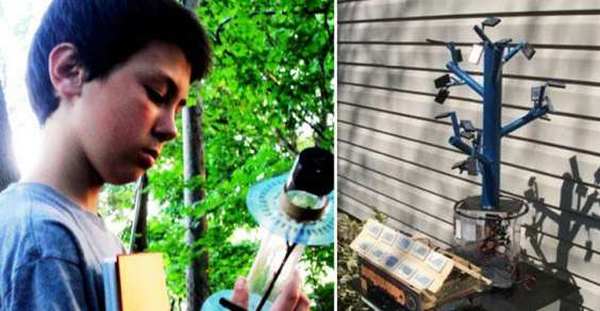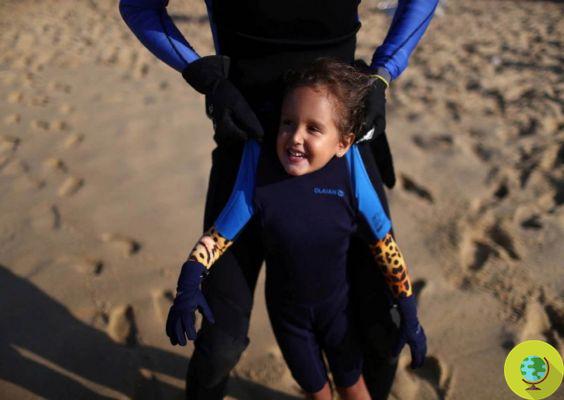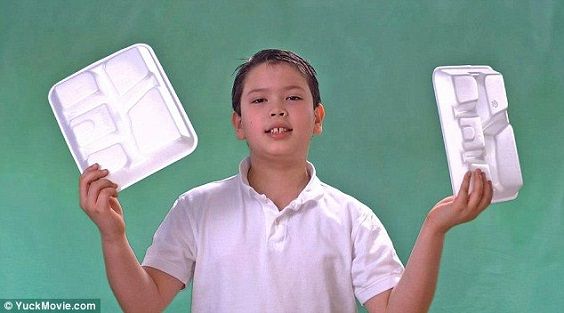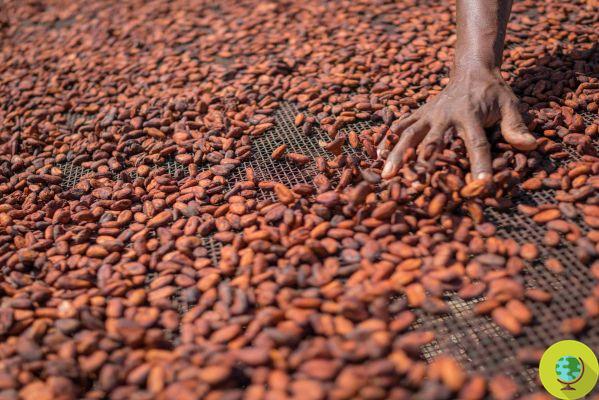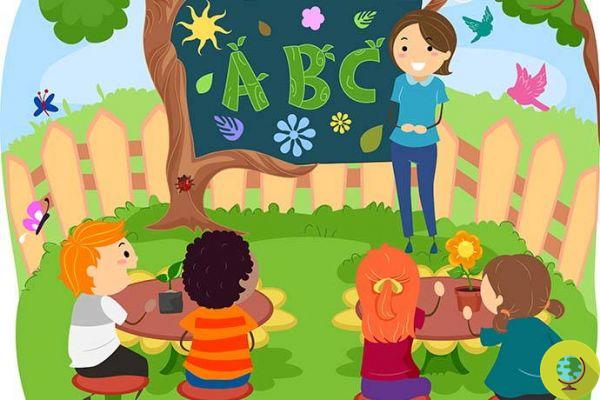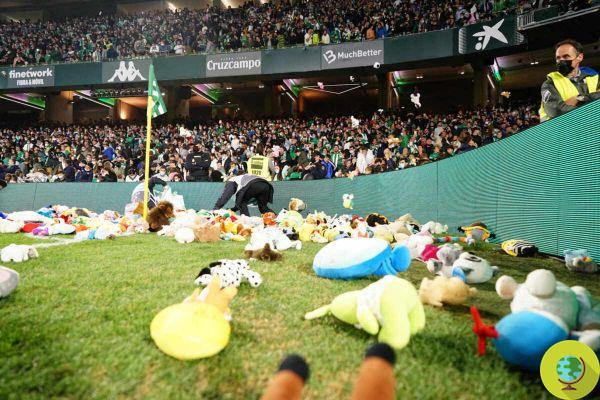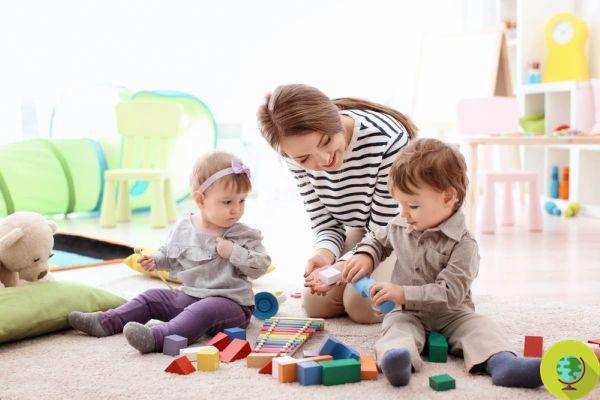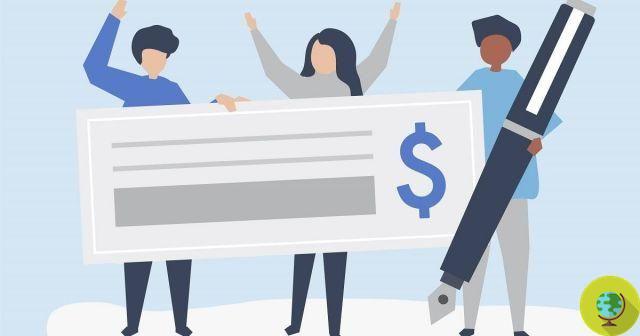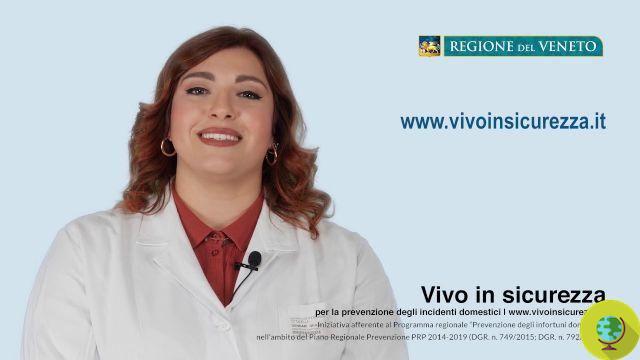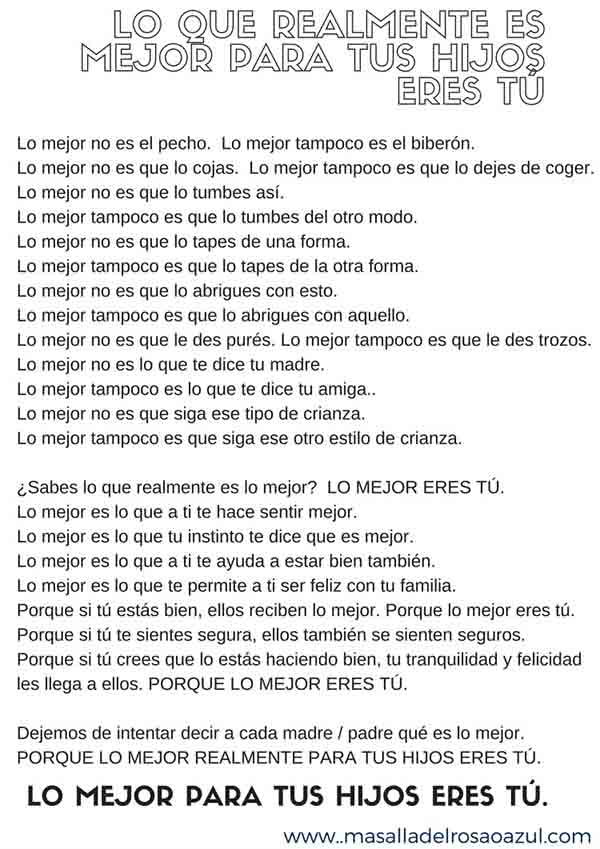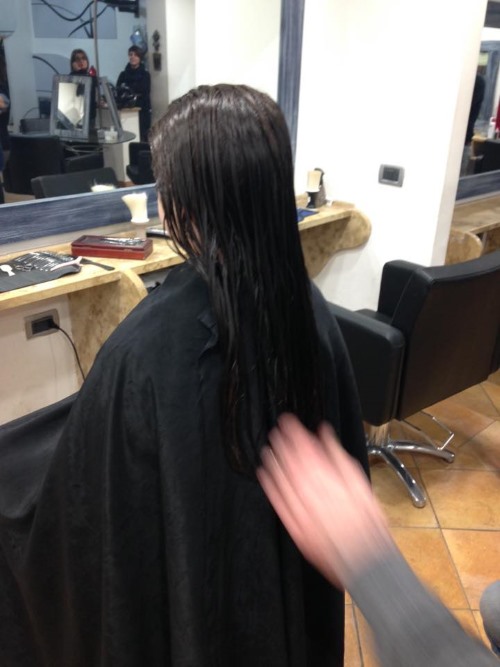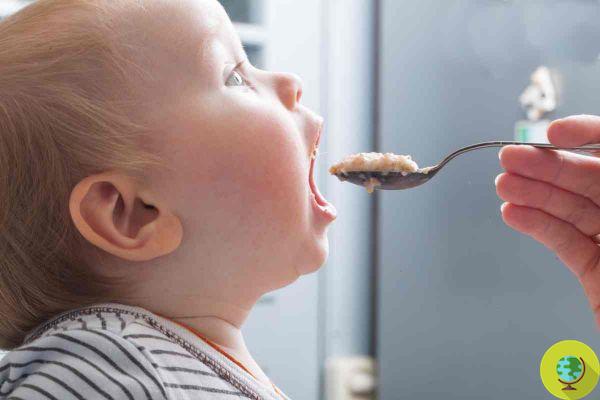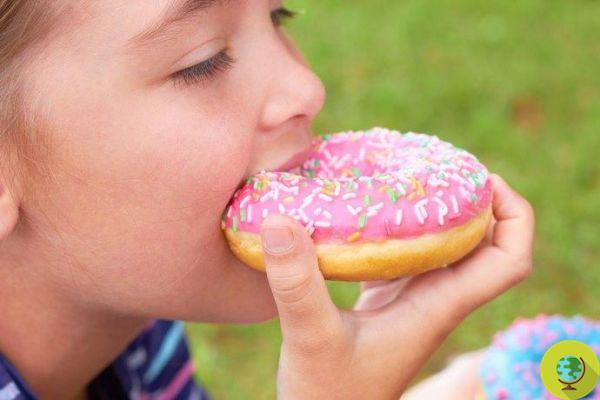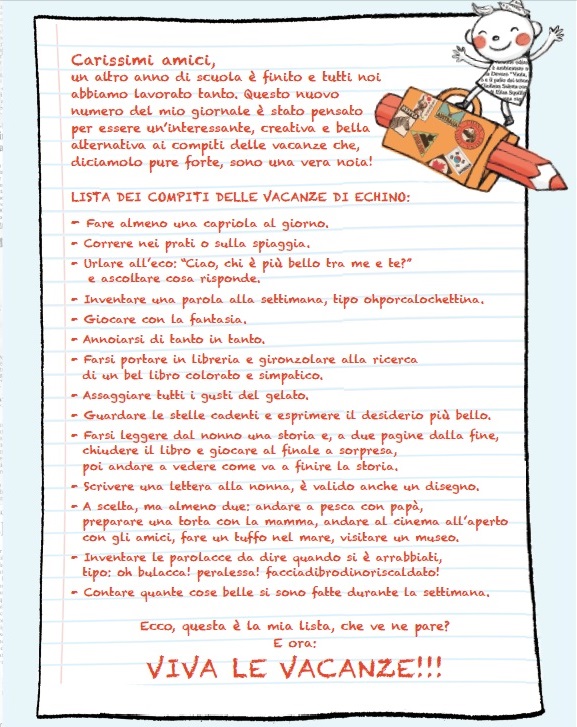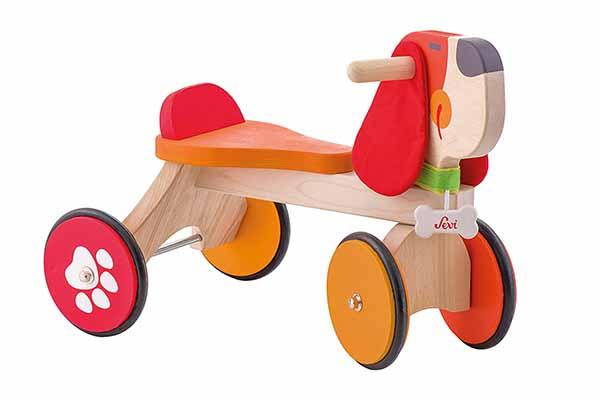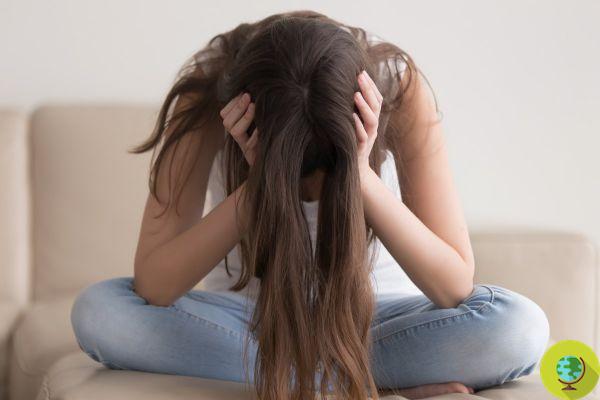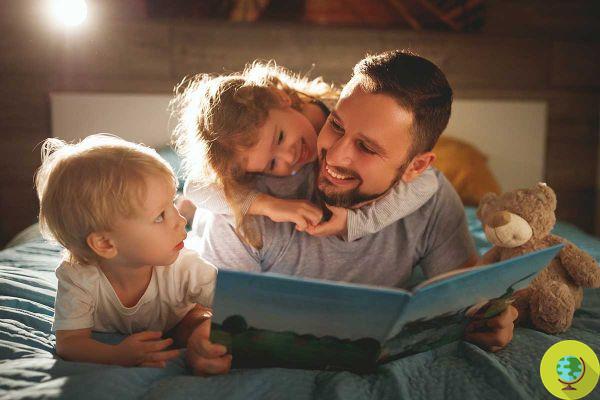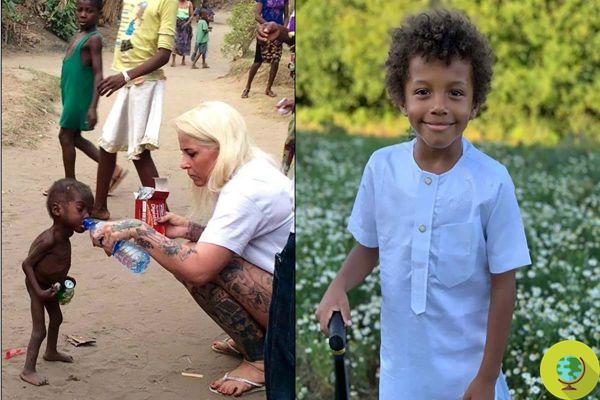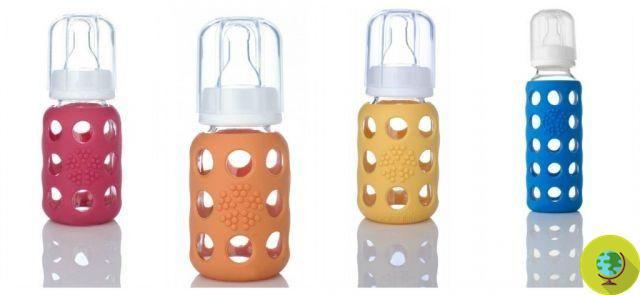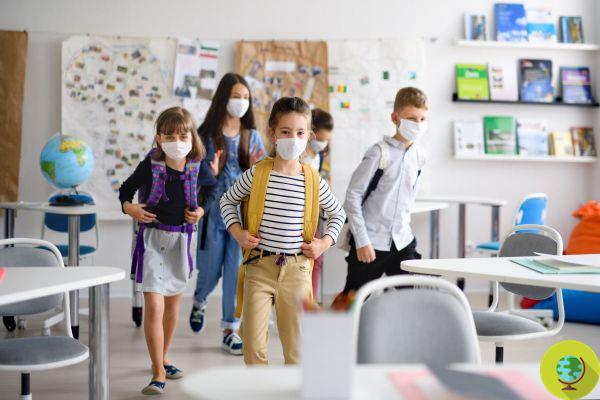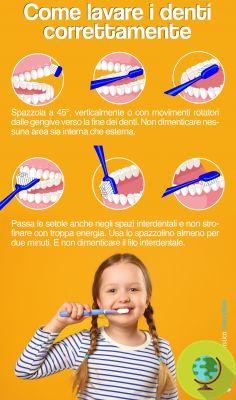
Oral hygiene is important at any age. From an early age, children should learn that using a toothbrush and toothpaste is a good daily habit not to be neglected, a simple gesture that will allow them to maintain the health of their teeth and gums for a long time. But how, when and why do you brush children's teeth?
Don't store avocado like this: it's dangerous
THEoral hygiene it is important at any age. From an early age, children should learn that using a toothbrush and toothpaste is a good daily habit not to be neglected, a simple gesture that will allow them to maintain health of teeth and gums long. But how, when and why do you brush children's teeth?
As soon as the first teeth begin to appear, they should already be taken care of. In this way, among other things, it helps the child to familiarize yourself immediately with them and with their cleaning. Generally, the earlier you start, the easier it will be to maintain the habit of brushing your teeth even in subsequent years without too much resistance from the little ones.
Read also: 10 RULES FOR THE HEALTH OF TEETH AND GUMS
Among other things, the idea that since they are milk teeth then it is superfluous to brush them is completely wrong. Although it is true that any caries that may have appeared on these teeth are destined to disappear with their fall, it is also true that decayed deciduous teeth often prelude to the appearance of caries even in the definitive teeth.
So it is important to teach your children to brush their teeth as soon as possible. You might find some useful advice about it:
FIRST MONTHS
The first teeth typically appear around 5 or 6 months of life, at which point they can start clean them with a piece of damp gauze that it is also good to pass on the gums of teeth that have not yet grown, a gesture that not only helps maintain oral hygiene but can also help teething while also giving some relief in case of discomfort. For the specific problem of pain related to teething, however, there are special items to place in the freezer and then let the child bite when he has pain or gum burn.
AFTER THE YEAR
Around the year of age, the baby should already familiarize yourself with the toothbrush. Of course, you have to choose a tool specifically designed for the little ones, small in size, with soft bristles and beautifully colored to attract his attention like a toy. For the first time it should be brushed with water only in the evening or twice a day, one of which is mandatory before going to sleep. You can also buy a toothpaste for children (there are 100% organic ones made with food grade ingredients) which will be used very sparingly (the quantity corresponds to that of a lentil).
This stage is crucial as if the child around one year of age gets used to brushing his teeth by taking it as a game, then there will be no great problems in making him continue on the same path even afterwards. It is also important to remember that children tend to imitate what parents do, so it is good to be seen often at the time of washing and then hold the little one in your arms, encouraging him to do the same with his toothbrush.
You can also take the baby to the supermarket or pharmacy as well allow him to choose the toothbrush he likes best, making him pass it as a great privilege, like: "finally you are grown up and you can brush your teeth too". These are all simple techniques that can help him get into this habit more easily. If the child interprets toothbrushing as a game, it will be a fun and non-stressful moment for him, succeeding in this enterprise is very much up to the ability and creativity of the parents who must propose the new activity in the best way possible to the little one.
How to wash them? If the child has a good dexterity, let him do it alone for as long as he wants, but always helping him towards the end with some brushing done well. Once he got comfortable with that in the end your intervention is needed, increase the time of this second phase a little to ensure that the teeth are actually brushed correctly.
Read also: THIS IS WHY YOU SHOULD NEVER FORGET TO BRUSH YOUR TEETH
Now let's move on to the technique to use. We must imagine the mouth divided into six parts.
1. front above
2. front below
3. rear right above
4. rear left above
5. rear right below
6. rear left below
The first two groups have two "facades"
1. Interna
2. External
The other four groups have three "sides":
1. Interna
2. External
3. Above
All the facades have to be washed and there is no problem in using it for children (as is the case for adults) horizontal brushing. It is therefore necessary to pass on each facade 3 or 4 times, everything is done quickly (less than a minute), little by little obviously you can do a more precise job with the collaboration of the child who maybe got used to and has a little 'more patience.
Il rinse instead it is a thing that it is taught slowly and therefore, even if initially children ingest a small dose of toothpaste it is not a big problem (especially if you have chosen a natural one), in a short time they will learn to manage the water in the mouth and then to spit it out.
BIGGER CHILDREN
If the children started brushing their teeth early, by the age of 4 they will be able to brush their teeth quite well on their own. As the little ones grow, the dose of toothpaste should also be gradually increased. Older children should be taught to use as soon as possible too floss which all dentists now recommend as a fundamental complement to good oral hygiene. It must be passed between the teeth in a delicate way and not used several times on different teeth.




